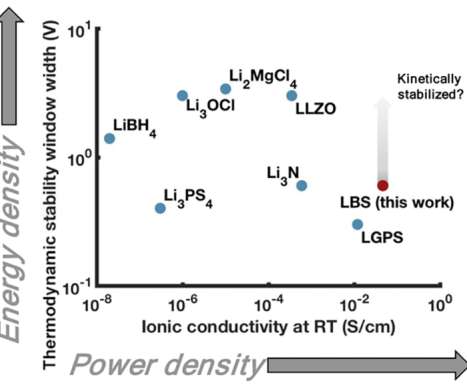Goodenough perspective on Li-ion batteries; in transportation, PHEVs for the near-term, longer term requires new electrochemical strategies
Green Car Congress
JANUARY 21, 2013
John Goodenough at the University of Texas at Austin and colleague Kyu-Sung Park have written a perspective paper on Li-ion batteries (LIBs), published in the Journal of the American Chemical Society. More recently, at the University of Texas, Austin, Dr. Goodenough patented a new class of iron phosphate materials.





























Let's personalize your content